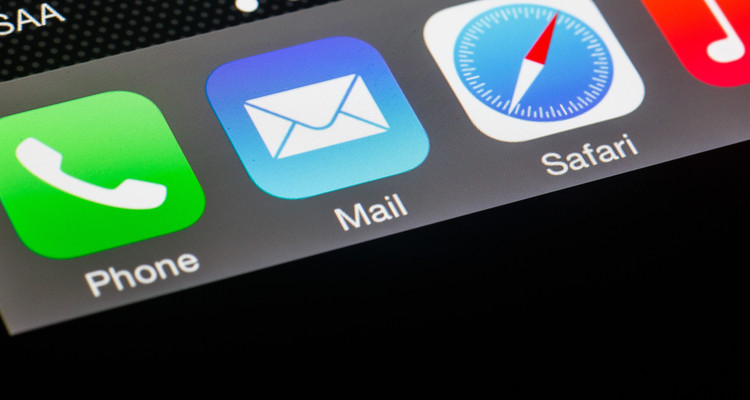It’s early morning in late August, the sun just beginning to creep skyward, and the house is mostly quiet. I’ve let the dog out, made lunches, responded to last night’s emails, accepted two meeting requests, checked off a few tasks in the project management system, let the dog in, put a load of clothes in the dryer and showered. Within the next hour, I’ll wake up the husband, get dressed, let the dog out, wake up our son, take a few minutes to cuddle, let the dog in, make breakfast for the boy, get dressed, check my email for any last-minute updates, feed the dog, shout gentle reminders to the boy, shepherd he and my husband out the door on their way to school and work, let the dog out, reply to a text from my boss, gather my things, let the dog in and head off to work.
Sound familiar?
The disruptive forces of the Internet and mobile technology have joined forces to allow many of us to work from anywhere at any time. For my family, this confluence allows me to meet many of my professional responsibilities at odd hours, giving me the ability to be home with my family for dinner and evening activities, attend school events and spend most weekends engaged in the critical trivia of family life.
But is this balance?
Not according to my parents, part of the oldest Boomers, who wonder why my phone is always by my side and whether or not working from home will jeopardize my career. It comes close, according to the youngest Millennials, who share a belief that working from home is as effective, if not more so, than the time and expense involved in working outside the home.
And herein lies a point of friction in today’s workplace: the Boomers are still in charge. But in an era when nearly 80 percent of Millennials are part of dual-income couples in which both work full time – compared to just 47 percent of the older generation – it is this flexibility in workplace that provides the greatest contribution to work/life balance.
But, as a colleague pointed out to me, even if we’re working from home, doesn’t that mean we’re always working? And if we’re always working, where does the personal satisfaction – demonstrated to be critical to a productive and committed workforce – come in? Surveys indicate that Millennials don’t distinguish between professional and personal life; it’s all just life. And yet, the oldest Millennial is only in her mid-30s. Within the next decade, this cohort will enter their 40s, a period of life in which (let’s be honest), it gets more challenging to stay up late enough to watch Jimmy Fallon or Jimmy Kimmel or any other late night pundit. Will the distinction change then?
It’s time to celebrate Labor Day in the U.S., a holiday conceived of to honor the contributions of workers to the health of the nation. A question remains, however: How do you measure those contributions in a virtual workplace? Americans once shared a common definition of “work” and “workplace,” but as those definitions change with the changing demographics, how will that impact the actual work? Finding the answer may be among the most important tasks for global organizations in the years ahead if we plan to keep our 24/7 economy marching forward. I’d answer it myself, but my email alerts are going off.







